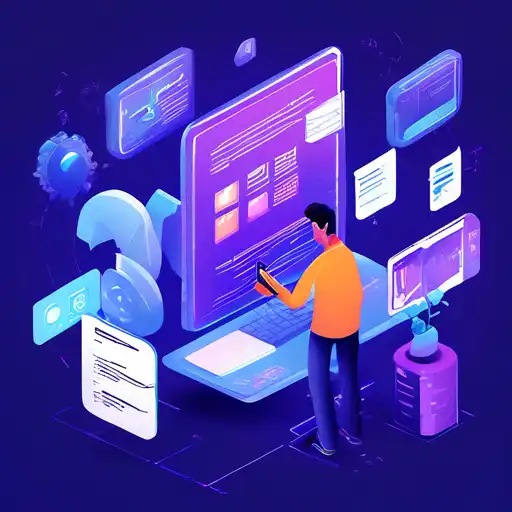Introduction to Web Development Trends in 2023
As we step into 2023, the web development landscape continues to evolve at a rapid pace. With new technologies emerging and existing ones maturing, developers and businesses alike must stay ahead of the curve. This article explores the most significant web development trends that are set to shape the industry in 2023.
1. Artificial Intelligence and Machine Learning Integration
Artificial Intelligence (AI) and Machine Learning (ML) are no longer just buzzwords. In 2023, we expect to see more websites leveraging AI for personalized user experiences, chatbots, and automated content generation. Tools like TensorFlow.js are making it easier for developers to integrate AI into web applications without needing deep expertise in data science.
2. Progressive Web Apps (PWAs) Gain More Traction
Progressive Web Apps (PWAs) continue to blur the lines between web and mobile applications. Offering offline capabilities, fast loading times, and an app-like experience, PWAs are becoming the go-to solution for businesses looking to enhance user engagement. With major platforms like Google and Microsoft backing PWAs, their adoption is only set to increase in 2023.
3. The Rise of WebAssembly
WebAssembly (Wasm) is revolutionizing web development by enabling high-performance applications to run in the browser. In 2023, we anticipate more developers adopting WebAssembly for tasks that require heavy computation, such as video editing, 3D rendering, and gaming, directly in the web browser.
4. Increased Focus on Web Accessibility
Web accessibility is becoming a priority for developers and businesses alike. In 2023, expect to see more websites adhering to WCAG guidelines, ensuring that web content is accessible to all users, including those with disabilities. Tools and frameworks are increasingly incorporating accessibility features out of the box, making it easier to build inclusive web experiences.
5. Serverless Architecture Continues to Grow
Serverless computing is transforming how web applications are built and deployed. By abstracting away server management, developers can focus on writing code that matters. In 2023, serverless architectures like AWS Lambda and Azure Functions will become even more prevalent, offering scalability and cost-efficiency for web applications of all sizes.
6. The Dominance of Single Page Applications (SPAs)
Single Page Applications (SPAs) have been around for a while, but their popularity isn't waning. Frameworks like React, Angular, and Vue.js are making it easier than ever to build SPAs that offer seamless user experiences. In 2023, SPAs will continue to dominate, especially for applications that require dynamic content loading without page refreshes.
Conclusion
The web development industry is in a constant state of flux, with 2023 poised to bring exciting advancements. From AI and PWAs to WebAssembly and serverless computing, developers have a plethora of tools and technologies at their disposal. Staying informed and adaptable is key to leveraging these trends for building innovative, efficient, and user-friendly web applications.
